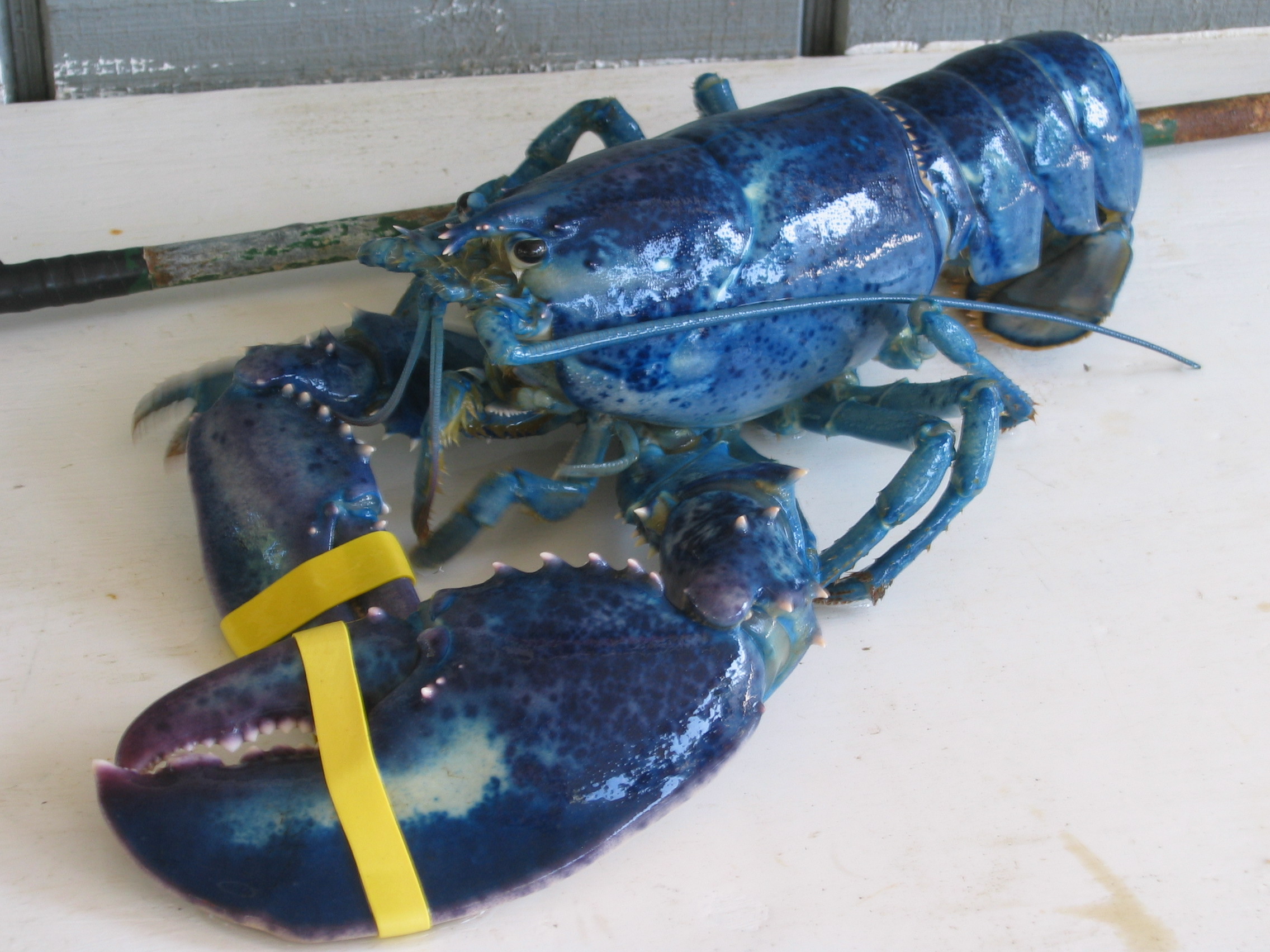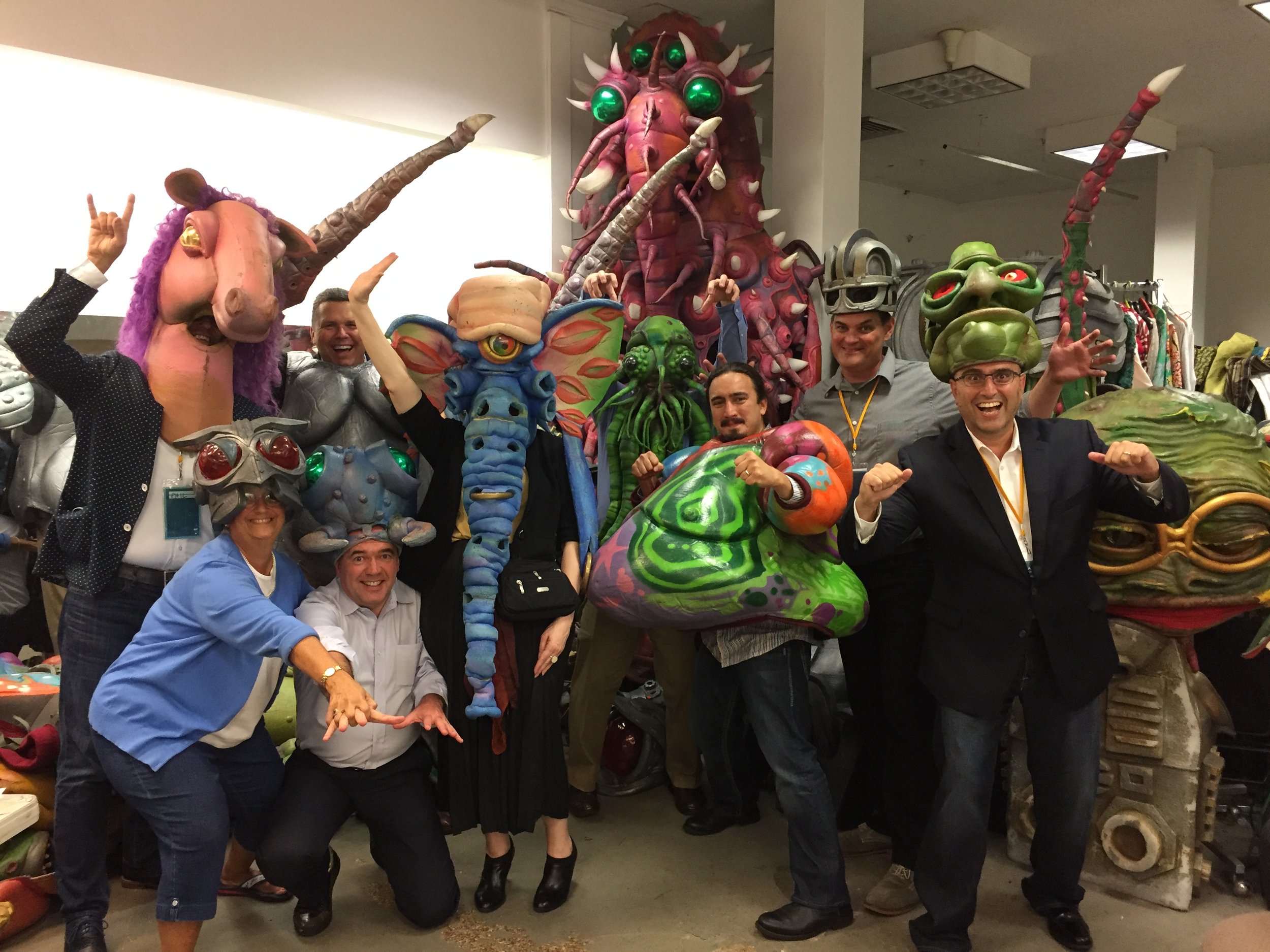What do Blue Lobsters Have to do With Innovation? Everything!
/Blue Lobster at the South Bristol Coop, 2004
What’s with blue lobsters? Well, a blue lobster is rare, about 1 in 2 million, and very beautiful. To me, a blue lobster is a person who views and organizes the world differently, who rejects the status quo, who loves to try stuff, learn, fail and try again, who is interesting because they are interested and who has impact . When you get enough of them together, you create a blue lobster organization – one that creates positive disruption.
It is incumbent upon us, whether we’re a blue lobster or not, to find, nurture and develop blue lobsters. Why? Because the key to innovation isn’t processes, stage gates, weird exercises, or competitions. The key to innovation has been and always will be People. People who view the world differently. Blue Lobsters.
I view the commitment to innovate, in the companies I’ve worked for and with, as a spectrum of lobsters - from cooked, to live, to rare blue ones.
Red Lobsters think they innovate and believe they want to, but not enough to expand their comfort zone and hire the right people to do it. They think they’re innovative because they make something in green instead of just red, but they stick with their industries, markets, customers, and (usually dying) business models. In some cases, they are doing pretty well, so there isn’t sense of urgency.
Frankie B. Jr. - Bought 7/13/17 at Hannaford’s Grocery, Damariscotta, ME & freed off our dock on Pemaquid Harbor, ME
Live lobsters have pockets of innovation in the organization and/or people assigned to be the corporate innovators. Innovation may be a designated job residing in a small part of the organization instead of throughout the culture. This group may or may not be able to spread and have impact...but usually isn’t enough to become blue.
Blue Lobsters are just plain innovative. You can’t stop them. They ooze it from their pores. Attracting, hiring and developing blue lobsters is in their DNA. They know now to nurture and encourage blue lobsters so they are always growing and impacting the lives of their employees and customers.
I used to think if an organization worked hard enough, tried enough things, read and adapted the latest “best practices”, it could become innovative. Not anymore. It’s not processes, it’s people. You need blue lobsters to make an organization (more) innovative and change a culture … and maybe even create blue oceans!
“The key to innovation has been and always will be People”
So, how do you become a blue lobster company? It starts from the top. The CEO either has to be or love Blue Lobsters, to be willing to invest not just money, but diligently invest his/her personal time, effort and social capital, finding and developing Blue Lobsters as well as assuring the culture will accept them. I’ve never seen innovation take hold, consistently, if it’s not embraced, nurtured, desired from the top.
“Adult” Blue Lobsters at #BIF2017 (Phil Komarny, me, Matt Fritz, Dany De Grave, Angela Blanchard, Christopher Rice, Jon Follet, Nick Barendt, Vala Afshar
This means getting some blue lobsters into the C-Suite, mentoring and nurturing them AND developing live lobsters so the core keeps running excellently and, moreover, may turn live lobsters blue! One of my clients is doing this with their “Blue Lobster Leadership” program (seriously, that’s the name!).
Do you want to find some blue lobsters? Are you one? If you’re interested, ask me. I have some ideas and I know some places they tend to hang out.
And please, remember, it is incumbent upon us to find, nurture and develop blue lobsters, because perhaps that way, they’ll be less rare, and we can have more impact on our world.










